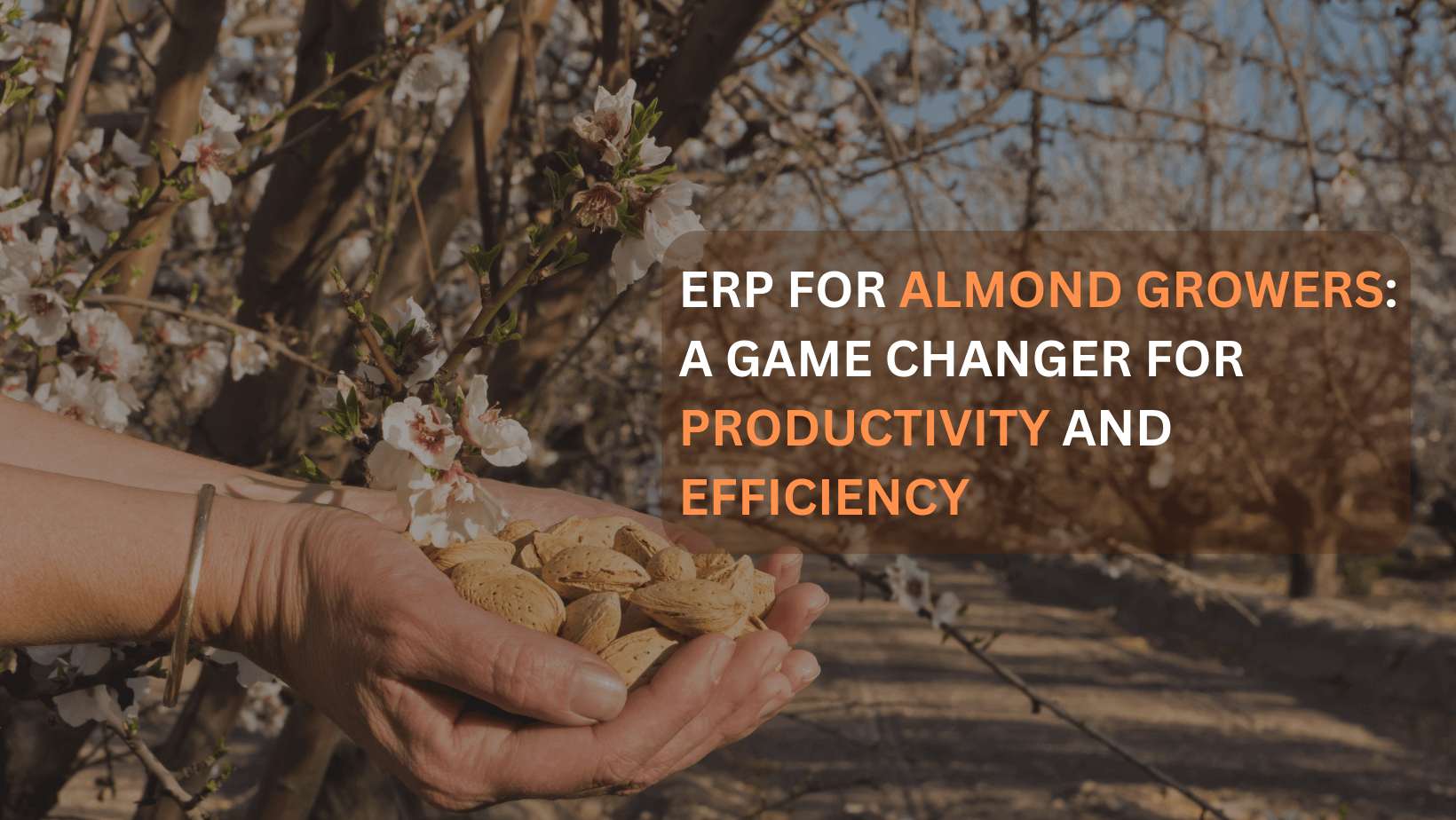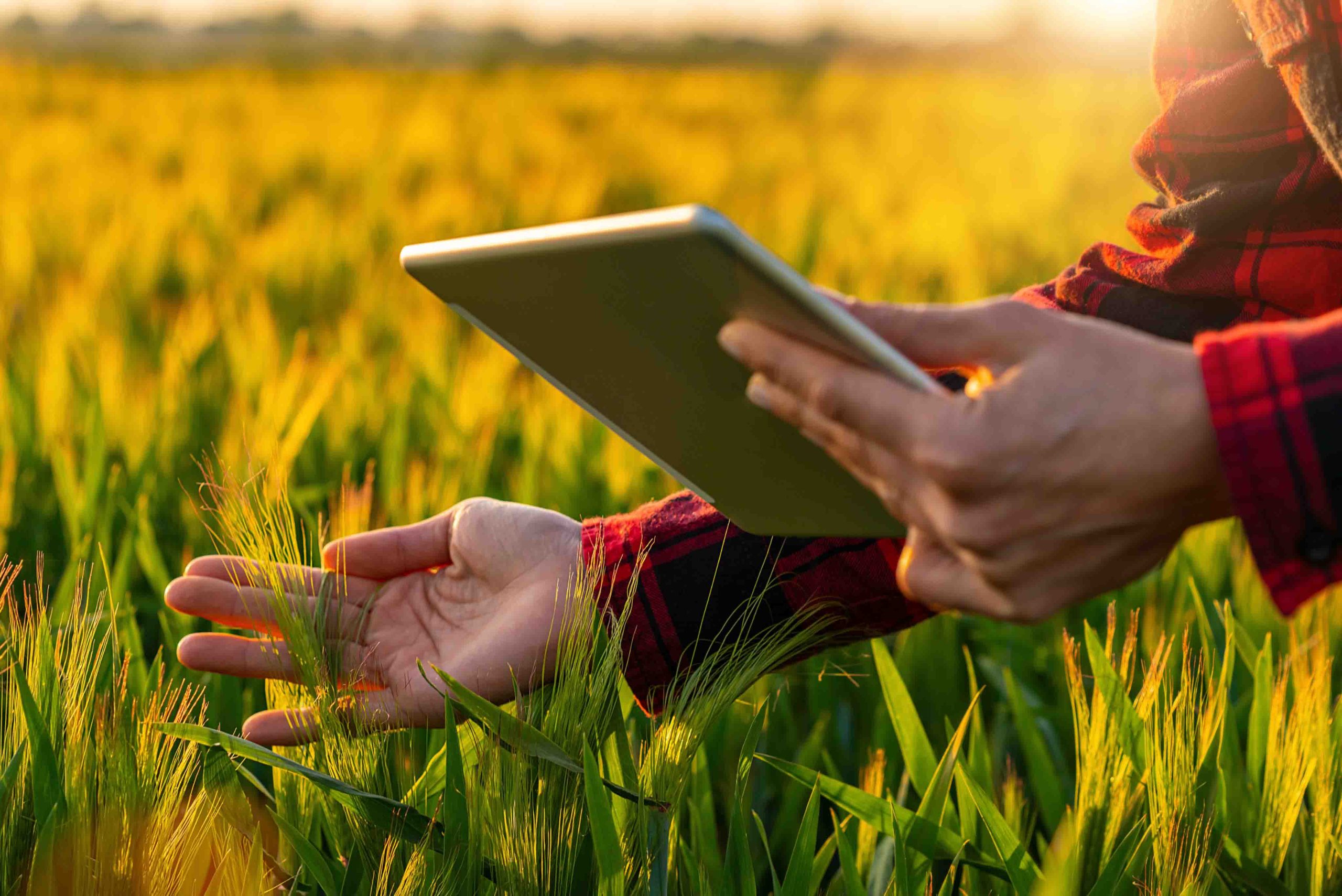Today, advanced agricultural production involves monitoring crop conditions by assessing and measuring variables such as plant health, soil conditions, fertilizers, irrigation, pesticide effect, and crop yield.
Controlling all these factors and their impact on crop production is a considerable challenge for crop producers.
Hence, the precise monitoring and health assessment of agricultural growth becomes crucial and needs rapid enhancement to utilize farming resources and manage crop yields.
In an effort to modernize the farming industry, a new field management strategy is adopted, known as Precision Agriculture. Leveraging technology, Precision Agriculture monitors crop production, utilizes resources, and effectively manages fertilizers and irrigation processes across the globe.
What Is Precision Agriculture?
Precision Agriculture (PA) is a strategic approach that assists farm management decisions using analysis tools. It involves gathering, processing, and analyzing large amounts of data from multiple sources for field operations and decision-making in the management of crop production.
This approach incorporates observation, measurement, and response to variability in the field crops, using software, equipment, and IT services.
These tech solutions work as research tools to provide data and support the entire farm management to improve crop quality and optimize returns on inputs (such as water and fertilizers).
It also provides access to real-time data about the condition of farms and crops and other relevant information, including local weather predictions, equipment availability, and labor costs.
This data helps improve the quality of crops in a field by utilizing information technology to understand how these factors affect animals, plants, and the soil. Then farmers can take appropriate measures to provide them with what they need to achieve optimum productivity.
Precision Agriculture is also called satellite agriculture aims to establish a support management system to help manage the entire farm. This advanced approach came on its own with the advent of the Global Navigation Satellite System (GNSS) and Global Positioning System (GPS).
Using PA, agricultural control centers help farmers identify risks to fields and determine which ones need treatment. So, they equip farmers with sound knowledge to supply optimum amounts of water, pesticides, and fertilizers for better productivity.
In this way, farmers prevent run-off and preserve resources, ensuring that the soil is provided with the appropriate amounts of additives to stay healthy. This also gives them control over the environmental factors that affect the crops while reducing the risk.
In a nutshell, the term PA is used for tools and strategies relevant to local needs at the sub-field level to help improve the quality of crops and productivity of farms.
Precision Agriculture Advantages
Precision Agriculture aims to increase production using fewer resources while also maintaining high-quality standards.
Listed below are the advantages of Precision Agriculture for farmers and the environment:
Increased Productivity
Precision Agriculture helps farming enterprises optimize efforts and resources, decrease waste, and enhance productivity. It makes farming task management easy and effective to meet the increasing food demands.
Reduced Costs
It provides enough data to figure out the accurate areas for using fertilizers, herbicides, and seeding and informs where it is not economical to use resources so that inputs are only utilized in the right place to eliminate additional costs.
Enhanced Sustainability
With the Internet of Things (IoT), Precision Agriculture helps understand critical inputs and their appropriate application, such as the right seeds to plant, determining field-specific treatments, and reducing excessive use of fertilizers by precise placement.
Increased Land Values
By assessing land, Precision Agriculture provides accurate levels of exactly what it needs to produce more. So, when the farmers provide the field areas with appropriate inputs, they accelerate the production and profitability of land. Consequently, better production and profitability increase land market value and rate.
Better Harvestability
One significant advantage of PA is that it determines the nutritional levels and types of soil across the farm.
Since conditions of fields and regions differ widely, their need for nitrogen mineralization and water holding capacity, among other factors also vary. By understanding these variables, farmers can ensure the right level of nitrogen application and increase nutrients where they are low to optimize harvestability.
Use Of Precision Agriculture in Crop Production
Lands inherently vary, so the same amount of resources and tools are not applicable for all fields. It needs precise analysis of the field conditions to understand their needs.
Precision Agriculture uses data analytics software, mapping tools, robots, GPS, and sensors to give fields and plants customized care without increasing labor.
Robot-mounted or stationary sensors and drones with embedded cameras wirelessly connect to computers to send them images and information on individual plants. For example, the information may include leaf shape, stem size, and soil moisture around the plant. The computers use this data to determine plant health and stress.
They equip farmers with real-time feedback and help them deliver optimal quantities of resources to only regions that need them. It also enables them to decide the appropriate times for planting and harvesting crops.
Another type of Precision Agriculture tool used in crop production is site-specific crop management. It uses precise GPS as well as location-specific measurements for collecting in-field data to identify variability in fields.
With the data collected from management zones of the field, PA helps adjust treatments within field operations to meet the unique needs of each site.
It supports farmers to use the right amounts of inputs, and this effective use of inputs leads to better crop yields.
As a result, precision agriculture helps farmers manage accurate water input and proper chemical use to grow healthier crops and increase yields. Controlling these factors benefits farmers by conserving resources while decreasing chemical run-off.
Top 10 Technologies In Precision Agriculture
Global Positioning System (GPS)
GPS satellites send signals to GPS receivers to determine their position. They provide real-time information even when they are in continuous motion.
GPS can be mounted or carried to fields where they provide information about the precise location to help analyze soil and crop measurements. By mounting GPS or carrying it to the field, users can track specific locations to treat or sample the areas.
The GPS signals are often uncorrected with an accuracy of around 300 feet. So, to utilize them in agriculture, they need to be connected to a satellite-based or land-based signaling system that corrects the signals and identifies their correct position.
Variable Rate Technology (VRT)
Variable Rate Technology defines any tech support used for applying inputs at variable rates. This is one of the popular precision agriculture technologies, helping determine the right usage of common inputs (seeding, irrigation, tillage, etc.) to optimize their use. Farm managers use this technology to increase land productivity and minimize risks of chemical materials on the environment and health.
It also supports the automated application of inputs at different rates on specific areas based on data collected by maps, sensors, and GPS. This use of tech eliminates the need for a manual change of rate settings on each piece of equipment.
Yield Monitoring and Mapping
Yield monitoring and mapping is the use of technology for monitoring agriculture. Yield monitors take data from GPS to analyze variables like moisture content in an area and crop yield.
One of the commonly used monitoring tools are grain yield monitors which help measure growth and amount of grain. They help make better management decisions. They need to link with a GPS receiver to get data for yield maps.
The information they provide is important feedback to determine if the inputs such as seed, fertilizer, and pesticides are managed well.
Remote Sensing
Remote sensing relies on a collection of data from distant areas with the help of sensors. The data sensors are hand-held devices that can be satellite-based or mounted on aircraft to sense the data remotely and help evaluate crop health. Moreover, they also detect data on nutrients, moisture, or crop disease from overhead images.
Electronic cameras capture near-infrared images to provide data about plant health. Other imaging sensors reveal season-related variability that affects the field crop. They provide timely data to make effective management decisions and increase profitability for current crop production. Analysis of remotely-sensed images helps determine the cause of crop stress to create and implement a plan for spot treatment, optimizing the use of chemicals.
Unmanned Aerial Vehicles (UAVs)
A UAV is generally a vehicle used as a platform for sensing data. UAVs are an incredible instance of technology in precision agriculture for collecting data. Their application in farms helps perform autonomous flights that means they can fly without any ground-based controller managing them.
When Unmanned Aerial Vehicles are used systematically and effectively, they improve safety, increase accuracy, reduce liability, and save costs and time. They work identically with satellites and send signals. However, UAVs are a more cost-effective platform for sensing data.
Geographic Information Systems (GIS)
GIS is the combination of computer software and hardware used for producing maps with the help of location data. An important feature of agricultural Geographic Information Systems is their ability to store layers of information such as remotely sensed data, soil survey maps, soil nutrient levels, yields, and crop scouting reports.
GIS can also include a visual display of interpretation of data. Besides storing and displaying information, GIS can help evaluate the present management of crops and provide alternative ways. They can achieve this by connecting and manipulating multiple data layers to develop an analytical report of management scenarios.
Automated Steering System
Automated Steering Systems are used for navigation in farms. As they automatically steer or navigate the vehicle, they reduce the likelihood of human errors and allow farmers better control of their equipment.
The auto-steering systems are the way to effective field management. They allow a machine or a piece of equipment driving control, avoid crashes by following field edges, and reduce overlapping rows.
Precision Farming Software
IoT-based tech in precision agriculture uses controller tools to improve software maintenance. For example, IoT automatically updates the equipment.
It also introduces innovative solutions to agriculture for farm management. For instance, it helps remotely manage safe driving tractors using a controller.
With the capacity of modern PA combined with IoT, farmers can control dozens of pieces of equipment simultaneously.
Drones
Drones allow farmers to define crop biomass, weed presence, water saturation, and plant weight in certain areas with a high level of precision.
On the contrary to Satellites, drones deliver more optimal and precise data with higher resolution.
They are locally operated to obtain valuable information more efficiently than scouts. Drones can also help protect crops by battling against the invasion of insects. They prevent crops by spraying insecticide on the hazard field areas. They do it with utmost precision to avoid direct exposure to chemical poisoning.
Connectivity Protocols
There are a considerable number of network protocols such as Wi-fi or ZigBee that work efficiently on short ranges. However, the most beneficial networks for precision agriculture are the ones that cover long-range.
The most popular connectivity protocols used for intelligent farming include cellular connection, low-power wide-area network (aka LPWAN or LoRaWAN), and a few more. They help achieve connectivity among various PA tech solutions.
Conclusion
Precision Agriculture is relatively a new concept in the farming industry, however, it is innovative enough to quickly become popular. This strategic approach towards agriculture aims to modernize the farming industry by giving control over farm operations with the application of IT to maximize crop production. Maximum production of lands leads to profitability and increased revenue for the farming industry.



